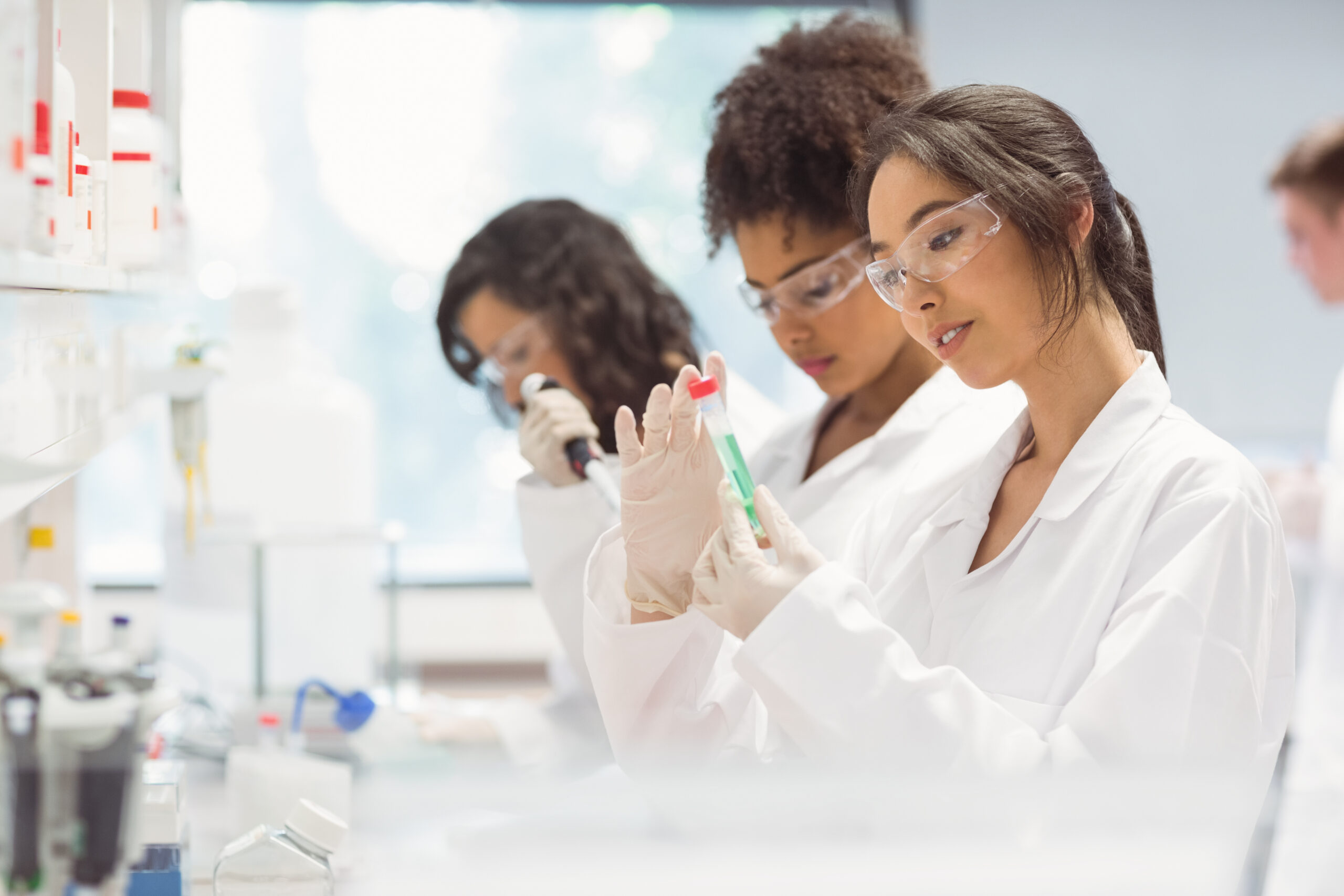For every 100 Nobel laureates in physics, chemistry and medicine, only three are women. And despite being half the world’s population, women make up less than 30 percent of researchers in science globally.Across the world — and across, age, race, and nationality — women continue to be underrepresented in science, technology, engineering and mathematics (STEM) — whether as researchers, award recipients or leaders. This has only worsened during the pandemic, where COVID-19 task forces have been dominated by men and there has been a notable decrease in papers in medical journals with women first authors.
A number of factors contribute to the gender gap in science. They include harmful stereotypes and cultural norms that discourage girls from pursuing careers in STEM and translate into discrimination in hiring decisions and pay. The lack of representation in STEM can lead to male-dominated cultures that are not accommodating of women and their needs and a lack of role models for women, making it difficult for women to remain in and advance in their workplaces.
As we consider how we recover and rebuild post-pandemic, we must make women’s advancement in science and health a priority. And we must ensure that the voices of women working in this field — as well as those of male allies — are included when doing so.
To mark the International Day of Women and Girls in Science on February 11, WomenLift Health reached out to leaders in health and science to hear what change they would like to see this year to get us closer to closing the gender gap. Here’s what they had to say.
Push for institutional change
“The COVID-19 pandemic has deepened already existing sexist and racist disparities for women scientists across the world. Yet, it has highlighted that when women lead, they do so with care, courage and commitment guided by science. As we mark this day, I would like to see 2021 as a year of reform for women and girls in science – for science-based institutions to not only acknowledge the need for diversity, equity and gender parity, but identify barriers and create customized organizational solutions to develop and empower a next generation of women scientists and science leaders of all colors and backgrounds.”
Dr. Kashmira Date, Medical Officer, Centers for Disease Control and Prevention
Set goals in research
“I’d like to call on all research funding agencies to review what proportion of their 2020 funding was disbursed to women PIs and to commit to halving that gap in 2021, and in subsequent years to attain gender parity of research funds disbursed. Filling this research funding gap is critical for keeping women scientists in science; building research teams; supporting peer-reviewed publications; advancing their careers and their leadership role in science and enabling investment in the next generation of scientists.”
Dr. Quarraisha Abdool Karim, Associate Scientific Director, Centre for the AIDS Programme of Research in South Africa
Bring a gendered lens to development
“In 2021, we at AESA would like to see organisations adopt a gendered approach towards achieving the Sustainable Development Goals. Women amount to half of the global population and cannot be left out as we seek to end poverty, protect the planet, and ensure we have peace and prosperity by 2030. I would therefore like to see organisations leverage on women role models to grow visibility and raise the expert voice of women in science, technology, engineering, and mathematics.”
Dr. Tom Kariuki, Director of the Alliance for Accelerating Excellence in Science in Africa
Center women in COVID-19 recovery efforts
“The COVID pandemic has brought in huge challenges in our normal functioning from health to economy to changes in lifestyle — we have experienced it all. However it also brought to the forefront the excellent response of science and technology and the contribution of women in science and health care and the leadership they provided in this time of emergency. Moving forward, it would be wonderful to see this amplified further and women and girls in science occupying center stage.”
Dr. Renu Swarup, Secretary, Department of Biotechnology, Ministry of Science & Technology, Government of India
Focus on building girls’ confidence
“Millions of children will go back to school in person this year. When they do, every girl in every classroom in every country in the world should be told that SHE has the power to improve the world — and should be taught the basics of how to do it. When we deny a girl the confidence or knowledge to develop her passions, we deny everyone the benefit of where those passions would have led. But when all girls can discover and satisfy their curiosity, the world will be able to meet more of its challenges in better ways.”
Kedest Tesfagiorgis, Deputy Director, Global Partnerships & Grand Challenges, Discovery & Translational Sciences, Bill & Melinda Gates Foundation
Empower women in the digital sector
“We need more women and girls driving decisions about our digital future. Governing bodies in the digital health sector have been male-dominated for too long. If we want to deliver equitable digital policies and decisions, we need more diverse membership at every level of digital health. From girl coders to women leaders, diverse representation helps make equity a reality.”
Skye Gilbert, Executive Director, Digital Square, PATH
Implement a global tracking effort
“We need an internationally monitored metric that tracks the employment of women at all levels in science and holds governments and institutions accountable. We need to measure what matters — and do it again and again to effect change.”
Dr. Gagandeep Kang, Professor, Department of Gastrointestinal Sciences, CMC Vellore
We hear you loud and clear — so on this day and everyday, we will work to make these changes a reality for women in science around the world.


